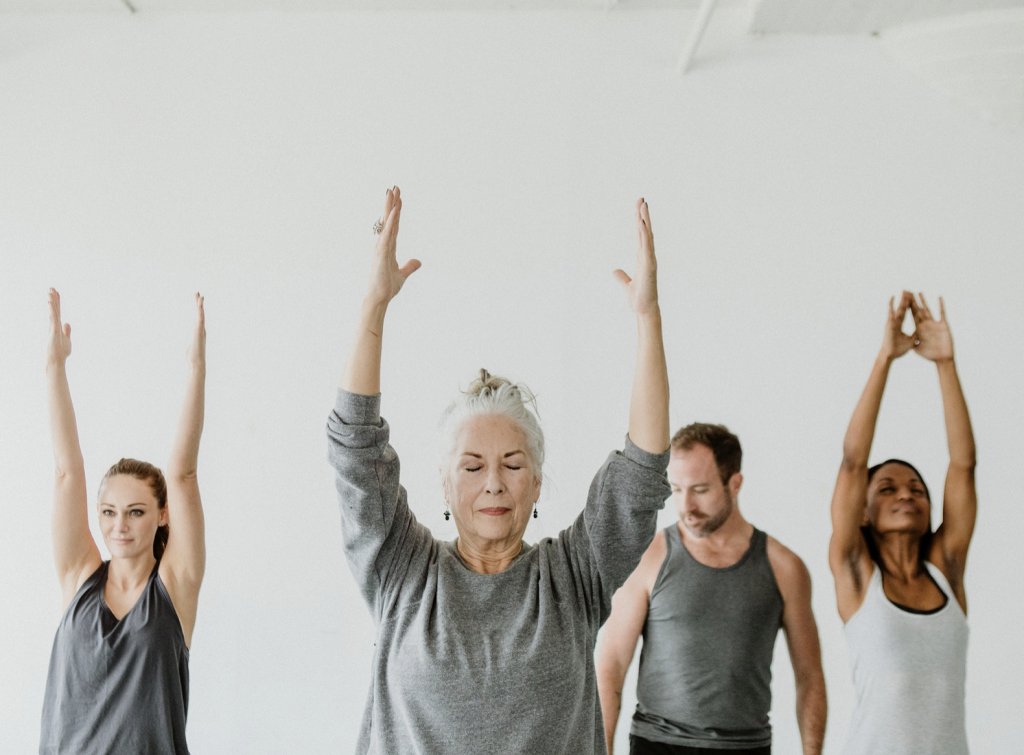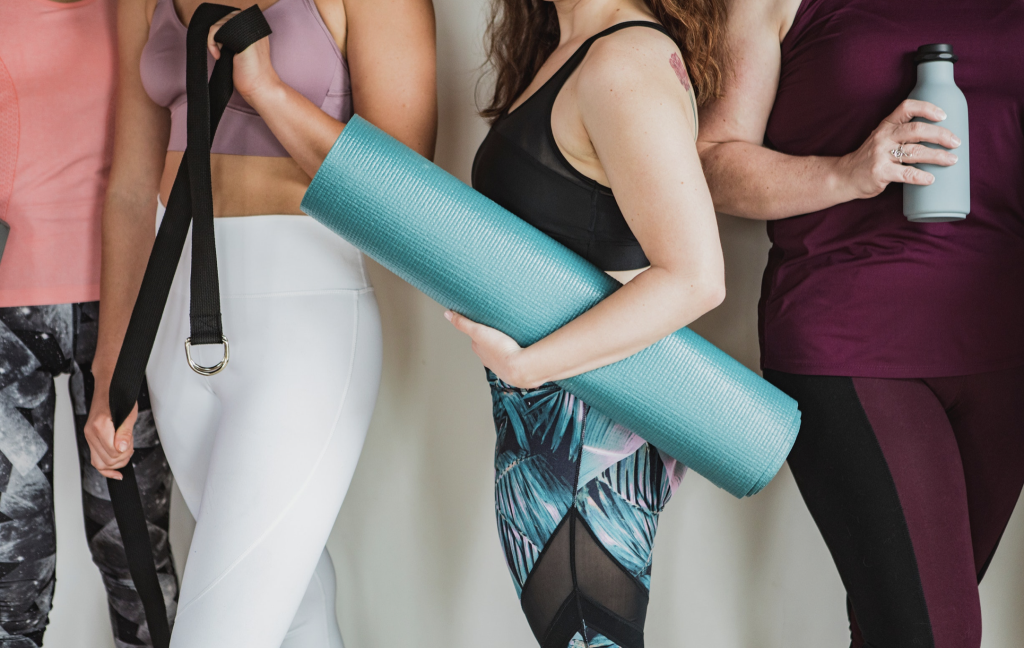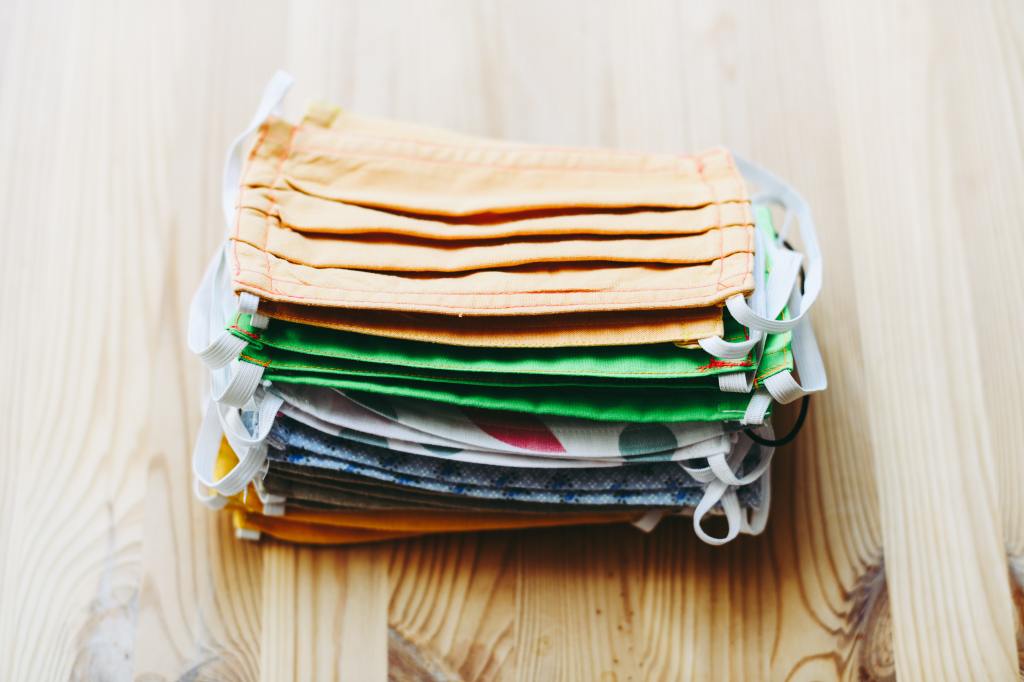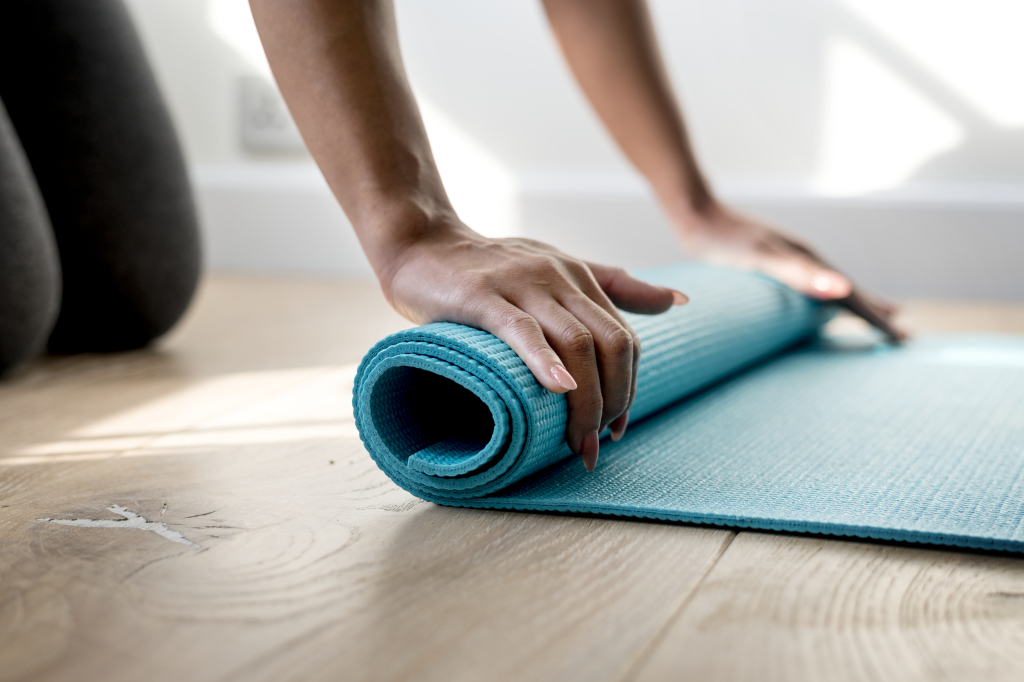While yoga studios have been preparing to re-open their doors, the MatFresher team has consulted many on their post-quarantine plan of action. From these surveys, we learned that one of the highest priorities after cleanliness is ensuring the happiness of their staff. This is, of course, paired with maintaining safety for students.
We have compiled a list of best practices that many gyms and studios will be utilizing to cultivate a sense of comfort and motivate your clientele to attend a live class in the near future. Following are four new considerations that are top-of-mind within the fitness industry. Read along to ensure your studio is aligned with how to properly clean mats and disinfect communal spaces.
1. Class capacity

The sense of community that in-class sessions provide has always been valued by the participants. That’s been difficult to replicate through virtual classes. However, for most group exercise classes, the CDC guidelines mean that studios won’t immediately return to their previous capacity. Also, gyms plan to schedule fewer classes to ensure adequate time for sanitization between each session.
Studio owners say that they will manage the flow of traffic in/out of the facility so that attendees are not coming into direct contact with others upon arriving and exiting their in-person classes. Gone are the days of showing up for class without pre-registering. Owners anticipate that more time will be spent online by staff to ensure a smooth student registration process.
When students arrive for class, gyms say that their plan is to assign each class member a number. Corresponding with this, spaces will be mapped on the class floor with the designated numbers. Owners anticipate that this will help teachers and students remain safely distanced while practicing. Having a dedicated number and space should avoid any confusion upon entering the classroom and unnecessary contact between members.
Most studios are considering keeping virtual classes on their schedules in addition to the limited in-studio sessions. This helps accommodate members who may try to register after a class is at capacity and those who are not ready to practice with others in person. Studio and gym owners say they are taking additional steps now, like posting reopening videos, to encourage students to attend an in-person class and safely reconnect with the community.
2. Gym time

While many practitioners previously utilized a locker-room or shower after class, studios and gyms report that they will discourage or prohibit use of these shared spaces for the foreseeable future. Some have not yet explained the measures that will be taken to re-open showers. Developing a plan is helpful so students can expect gradual reintroduction of your amenities.
Most studios have stated that students should leave within 15 minutes after their class. This is yet again a policy that ensures limited contact between members leaving and arriving.
Some operators anticipate that there will continue to be students who arrive early to their scheduled class. It is important to know in advance how to limit this activity. Some gyms plan to ask students to remain in their vehicles until the time of their session. At that point, students can begin to file in, while safely distanced and wearing a mask, and receive a number for their assigned station.
3. Additional Precautions

Many studio and gym owners noted that employees will now be required to wear gloves and masks for the entirety of their time on premises.
To monitor the health of your staff members, you should also take the temperature of each employee at least once daily upon their arrival. If employees begin to show any symptoms or express feeling unwell, owners anticipate sending these staff members home immediately.
For a contactless check-in experience, some studios say that no property will be rented out from the front desk, and online registration will be the sole method of class enrollment.
4. Mats or no mats – that is the question

A number of studios and gyms have stated that exercise and yoga mats will not be provided upon re-opening. Others, by contrast, say that students will no longer be allowed to bring their own mats. In either case, it will be necessary to ensure a comprehensive and easy-to-use cleaning plan is in place for your property — one that doesn’t rely on expensive, hard-to-find sprays and chemical wipes alone.
MatFresher offers a convenient, safe, efficient way to sanitize mats between classes. Killing up to 99.999% of harmful bacteria viruses and fungi, using MatFresher to clean yoga mats checks all of the boxes when it comes to new cleaning protocols.
Whether your students have the ability to sanitize their mats before or after class or employees are tasked with disinfecting, MatFresher removes harmful germs quickly from mats so the flow between classes remains uninterrupted. With MatFresher’s patent-pending cleaning technology and minimal contact with dirty mats you can promote happiness and peace of mind for staff and students.
And, best of all, there’s no cost for studios and gyms. MatFresher machines are provided free of charge for studios and gyms.
New normal
As we adjust to a new way of exercising together, the in-person workout routine will likely never look quite the same as before. However, by implementing these best practices as a community, you can ensure that everyone is comfortably practicing and staying well together.
If your studio or gym is interested in learning more about how MatFresher can help your community stay healthy, contact us.
To learn more about the full survey ClassPass conducted, see the results here.